Purdue research project HEADSTRONG explores better memory after pumping iron
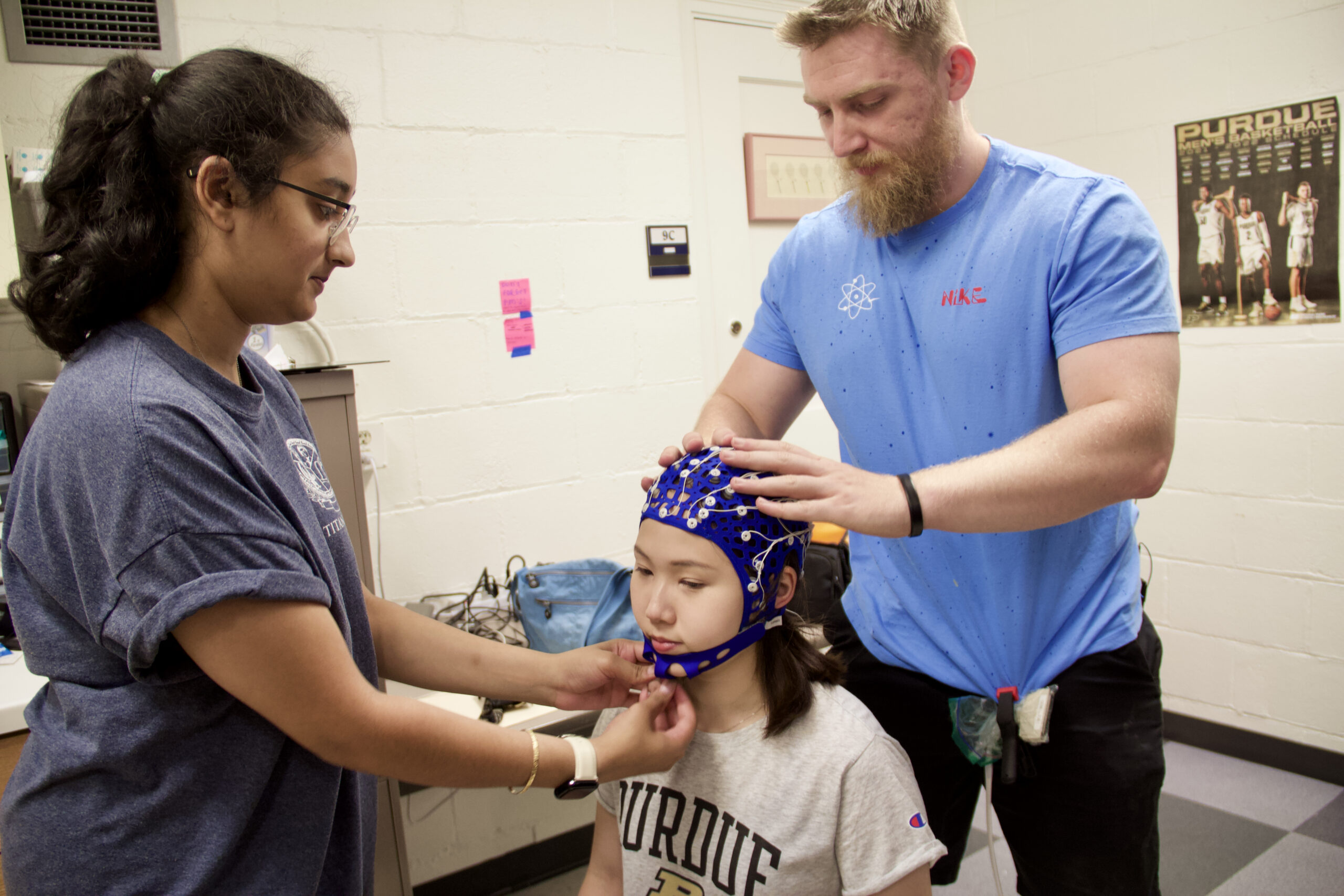
Health sciences senior Rida Khatri, left, and PhD candidate Nick Baumgartner, right, apply an EEG cap to health and kinesiology sophomore Amber Yu.Tim Brouk
Written by: Tim Brouk, tbrouk@purdue.edu
In his research, Nick Baumgartner, a PhD candidate in the Purdue University Department or Health and Kinesiology (HK), found a strong connection between memory and aerobic exercise — running and walking. However, the connection between memory and acute resistance exercise — weightlifting — needed some more reps.
Baumgartner launched his research study, HEADSTRONG, this summer. For the study, 120 participants between the ages of 18-44 will complete 40 minutes of resistance exercise. Each participant will do six different exercises — leg press, bicep curls, chest press, triceps extension, lat pulldown and leg extension — in two sets of 10 repetitions. Cognitive exercises in the form of digital and analog memory games and tests as well as blood draws follow.
“There’s very little research studying acute resistance exercise and memory,” Baumgartner explained. “So, we’re really trying to fill that gap and meet the needs for those who don’t really like to run but really like to work out.”
About 15 participants in, Baumgartner is already finding good data to show acute resistance exercise is beneficial to memory, but there are many more variables to consider for measuring just how beneficial the 40 minutes of exercise can be for human cognition.
HEADSTRONG is supported by HK Assistant Professor Alvin Kao’s Physical Activity and Neurocognitive Health Lab (PANCH), one of several labs in the College of Health and Human Sciences (HHS) focused on human health and wellbeing.
All variables considered
Baumgartner and his undergraduate research assistants arranged the 120 participants into subgroups to study different variables within HEADSTRONG. Ages 18-29 were put into one group and ages 30-44 in another to study the effect of early cognitive decline associated with aging. Only 60 of the participants will have their blood drawn to look for biomarkers like brain-derived neurotrophic factor (BDNF). This protein assists neurons in the brain and spinal cord. BDNF’s levels increase after physical exercise. However, HEADSTRONG wants to know just how much they increase and from what kinds of exercise.
“(BDNF) is one of the molecules that is released from the muscle and travels up to the brain,” Baumgartner said. “It’s very good for promoting brain growth — new neurons and new connections in the brain, which is very important for memory.”
HEADSTRONG also looks at the blood lactate levels of some participants. Lactate levels rise after exercise. Baumgartner wants to know if lactate assists memory after exercise.
“More lactate means you’re working out harder,” he said. “We’re also looking at how lactate aids in the production of BDNF and how it is used by the brain as a source of energy during subsequent memory games.”
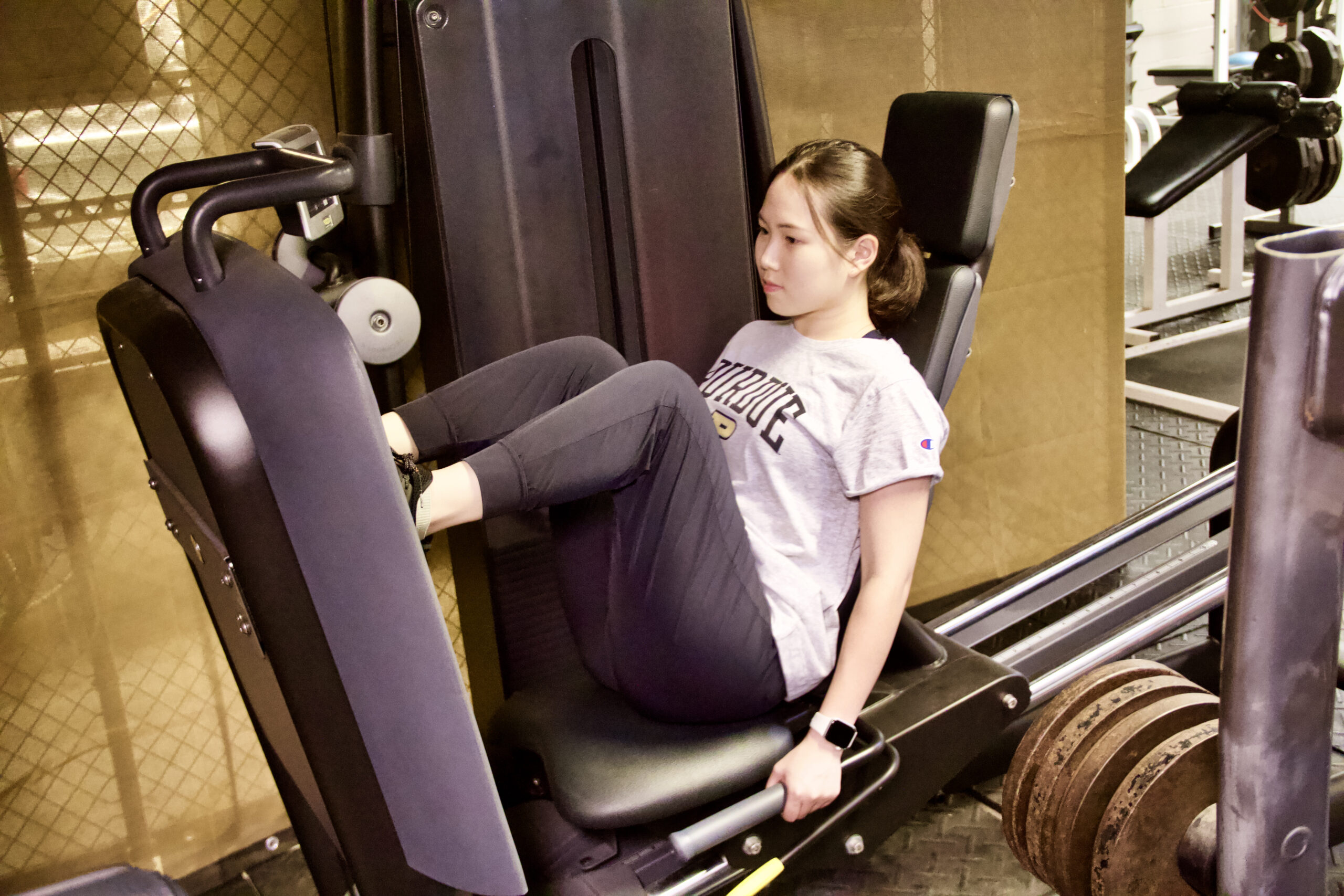
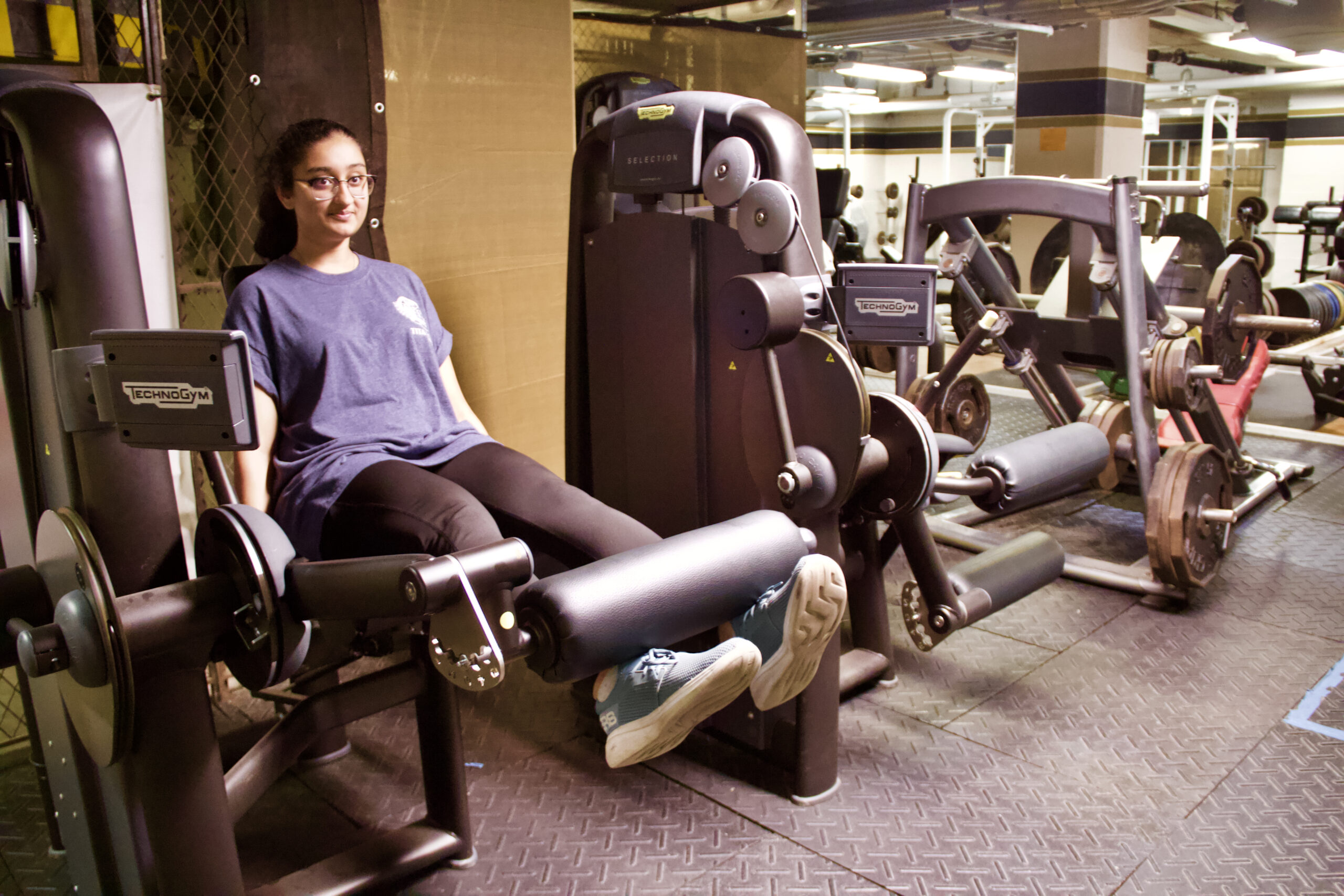
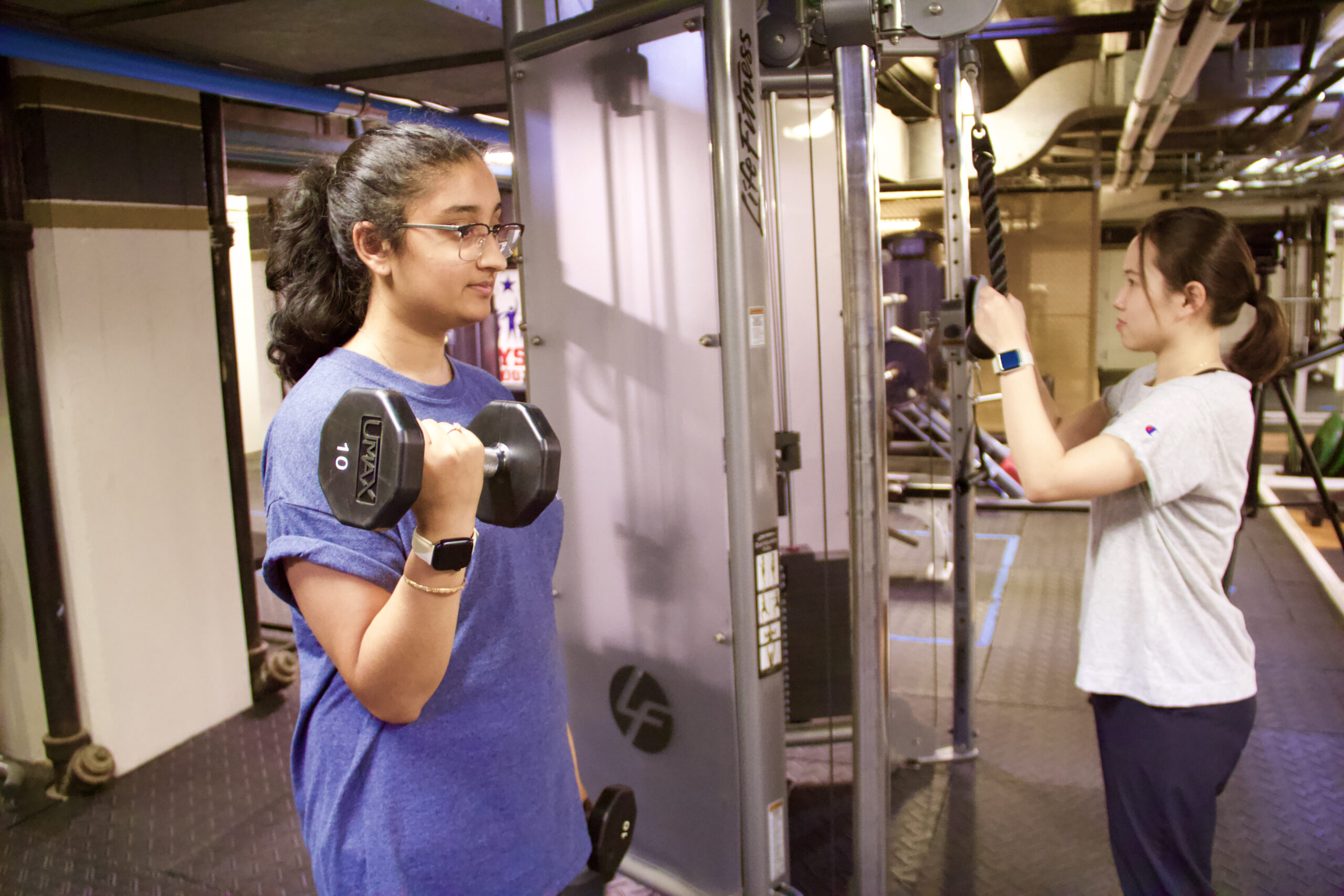
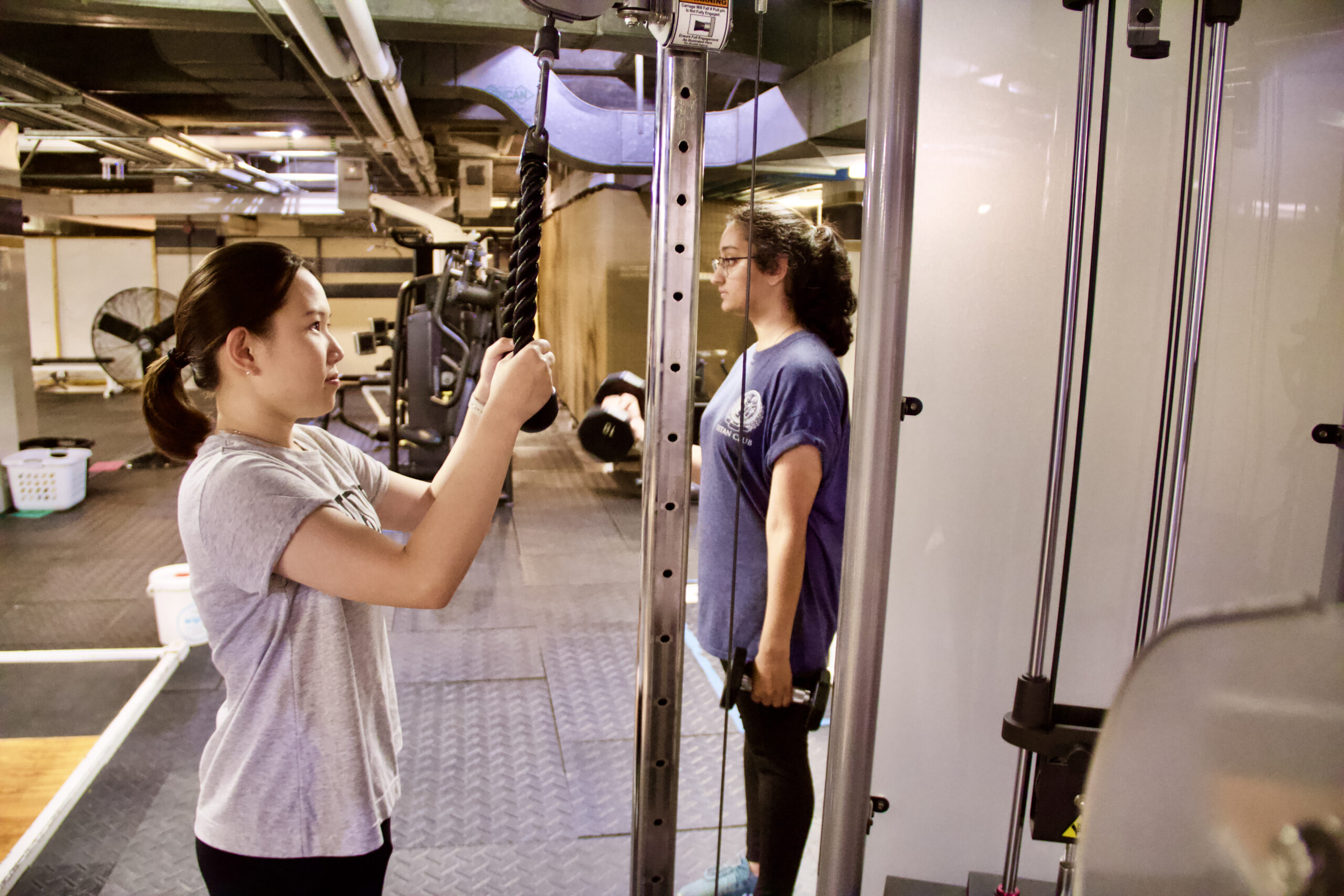
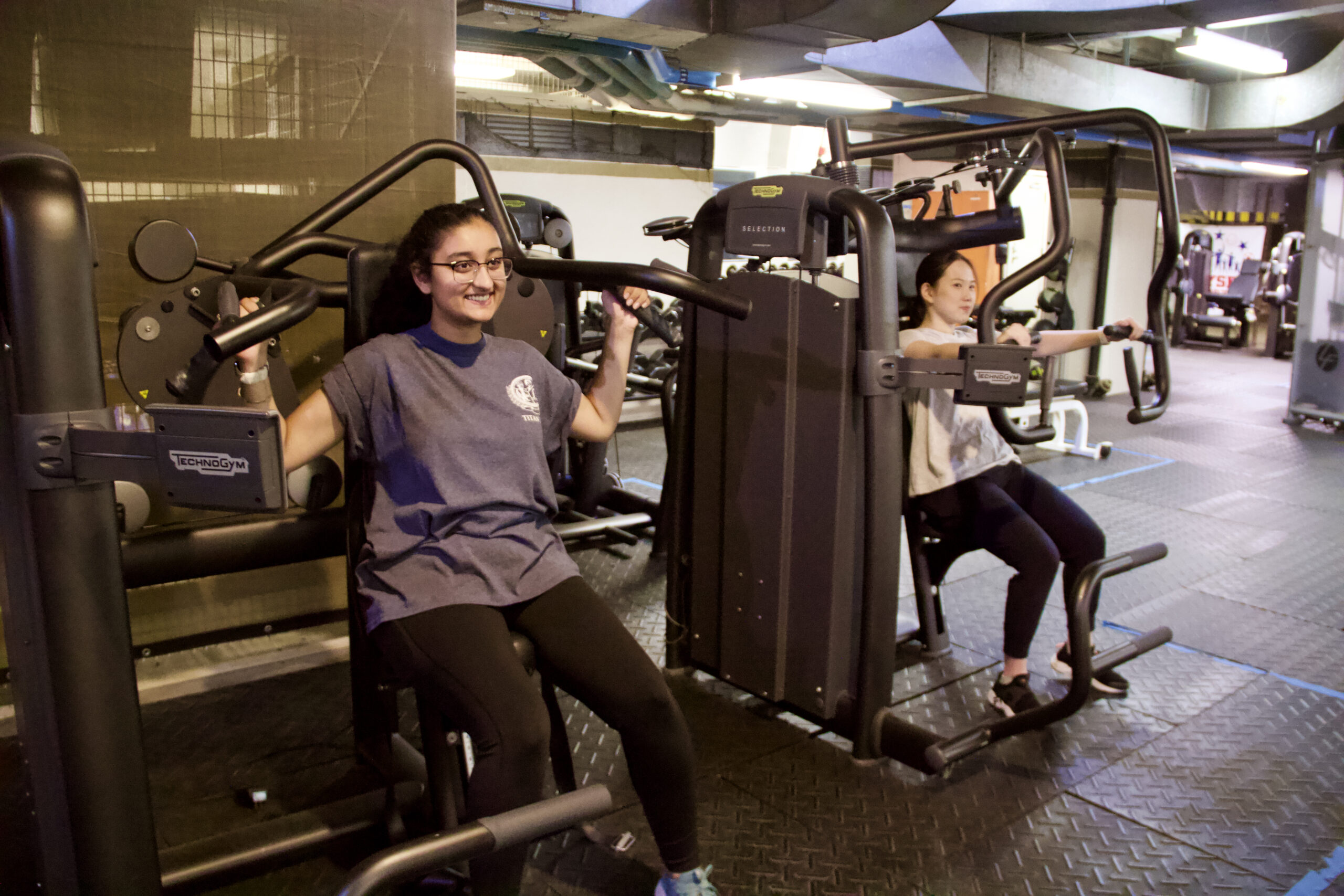
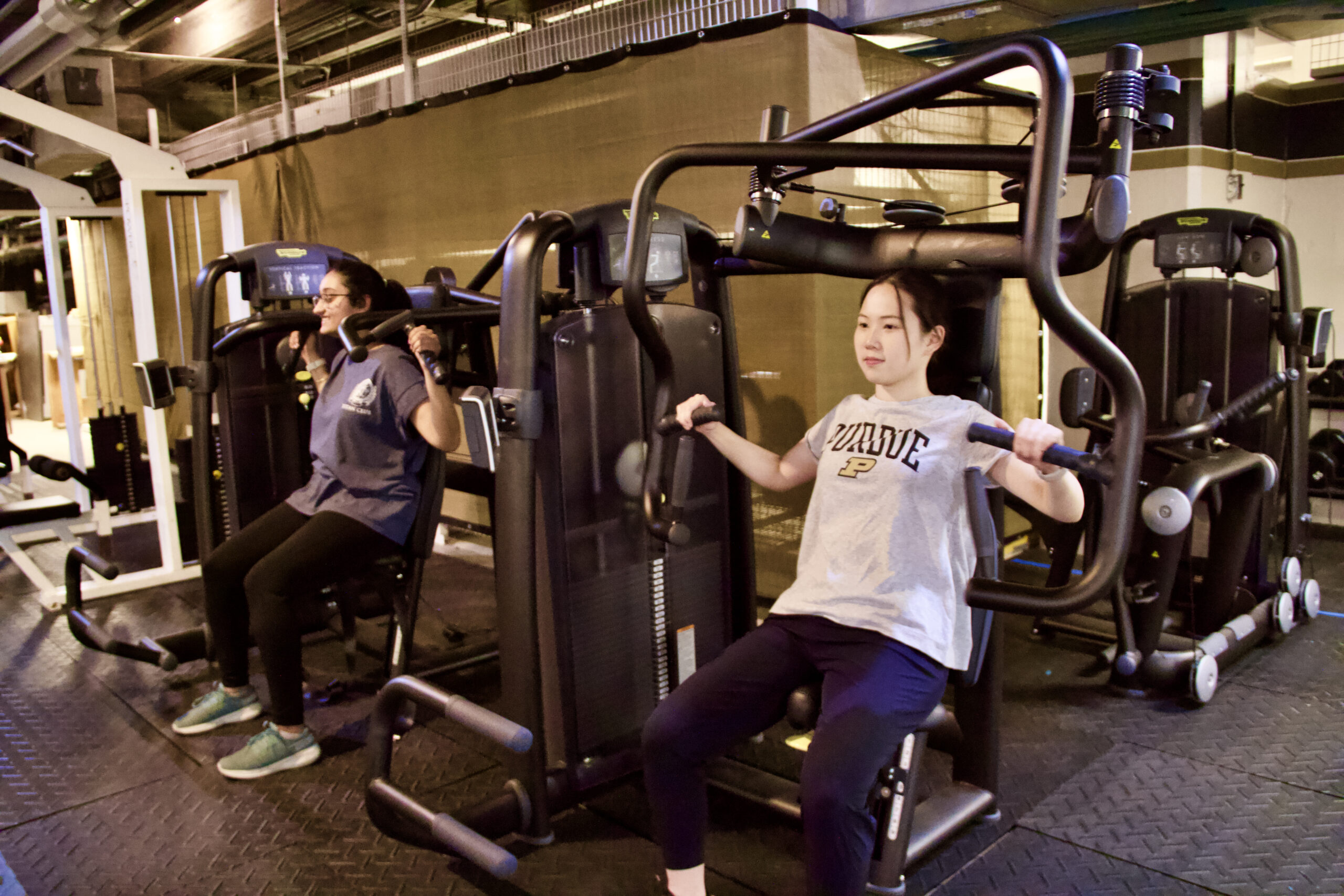
Still getting in that cardio
HEADSTRONG will also look at how aerobic capacity — a measure of cardiovascular fitness — affects the participants’ cognitive abilities, which has been well-established in the past. Baumgartner wanted to see how resistance exercise could improve memory over and above this well-known effect of aerobic capacity. The participant wears a face mask to monitor breathing activity and oxygen levels while on the treadmill. Baumgartner controls the incline and speed to get similar activity levels from the participants’ varying fitness levels.
Recording EEG
In the data collection area of the PANCH Lab, HEADSTRONG participants complete pattern separation, working memory and spatial memory tests on paper and tablets. More tests are done through electroencephalography — better known as EEG. The participants don the unmistakable cap with numerous electrodes that touch the scalp. Baumgartner can see the electrical brain activity of his subjects while they answer questions and solve problems on a computer. The computer station is inside a soundproof booth to eliminate any outside interference.
“We are able to watch how their brain is functioning while they try to remember something,” Baumgartner said.

Yu runs on a treadmill while Khatri spots her during a HEADSTRONG study demonstration.Tim Brouk
Undergrad research opportunities
Pre-med Health Sciences senior Rida Khatri found a fit with fitness research in the PANCH Lab. HEADSTRONG will mark her final project before she pursues graduate school in Purdue’s Department of Public Health. The cross disciplines and research have enhanced her undergraduate experience while getting her motivated for graduate school.
“It really is a cacophony of different experiences that I am taking part in, but I think research is definitely something that’s enhanced my undergrad experience the most,” Khatri said. “I’ve learned so much. Getting into research has always been something I was interested in, and I’m glad I’ve been able to do it here.”
With those research muscles flexed, HEADSTRONG incapsulates years of her work in Purdue HHS.
“I took anatomy my first year, and then I joined this lab,” Khatri recalled. “I was able to connect all of that. I was able to connect the more practical aspect of how we move and how that can affect how the brain works.”
Discover more from News | College of Health and Human Sciences
Subscribe to get the latest posts sent to your email.